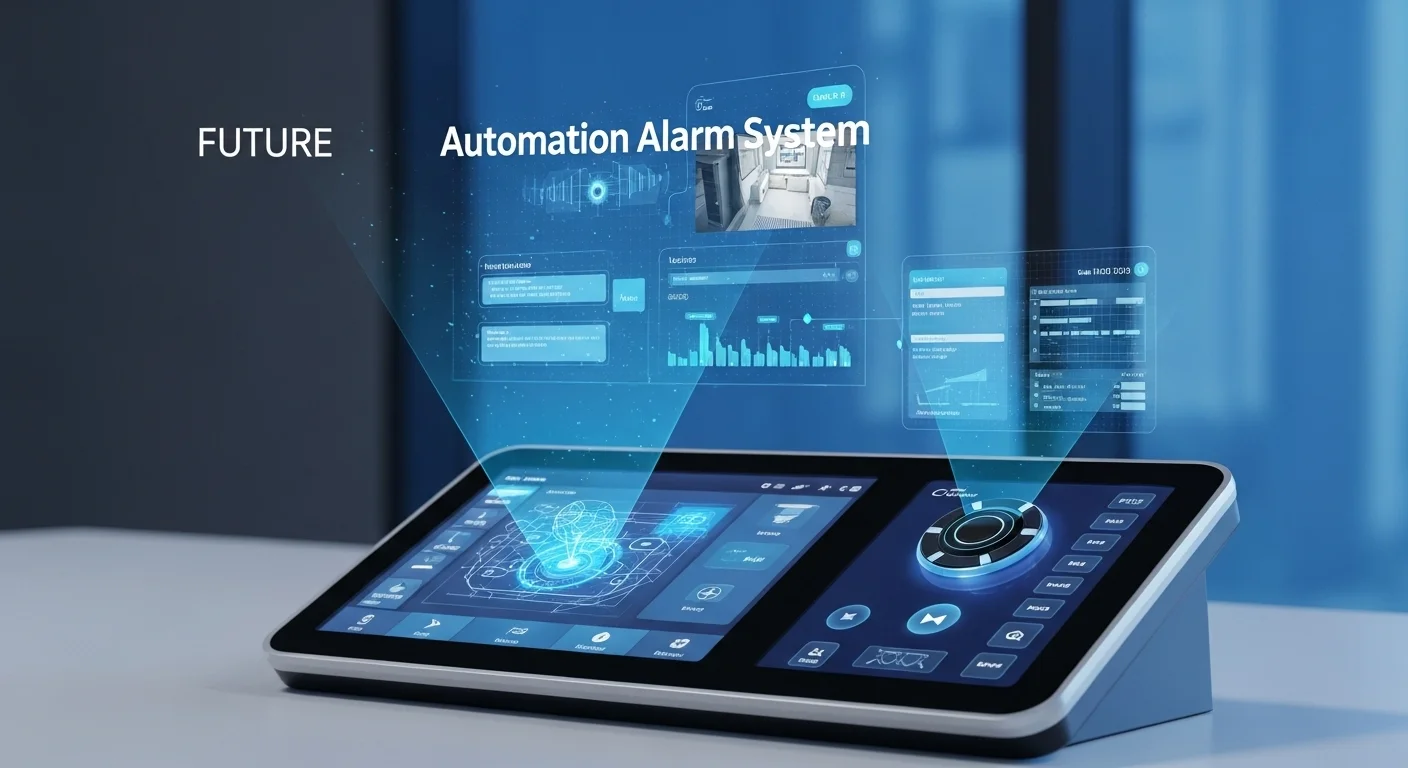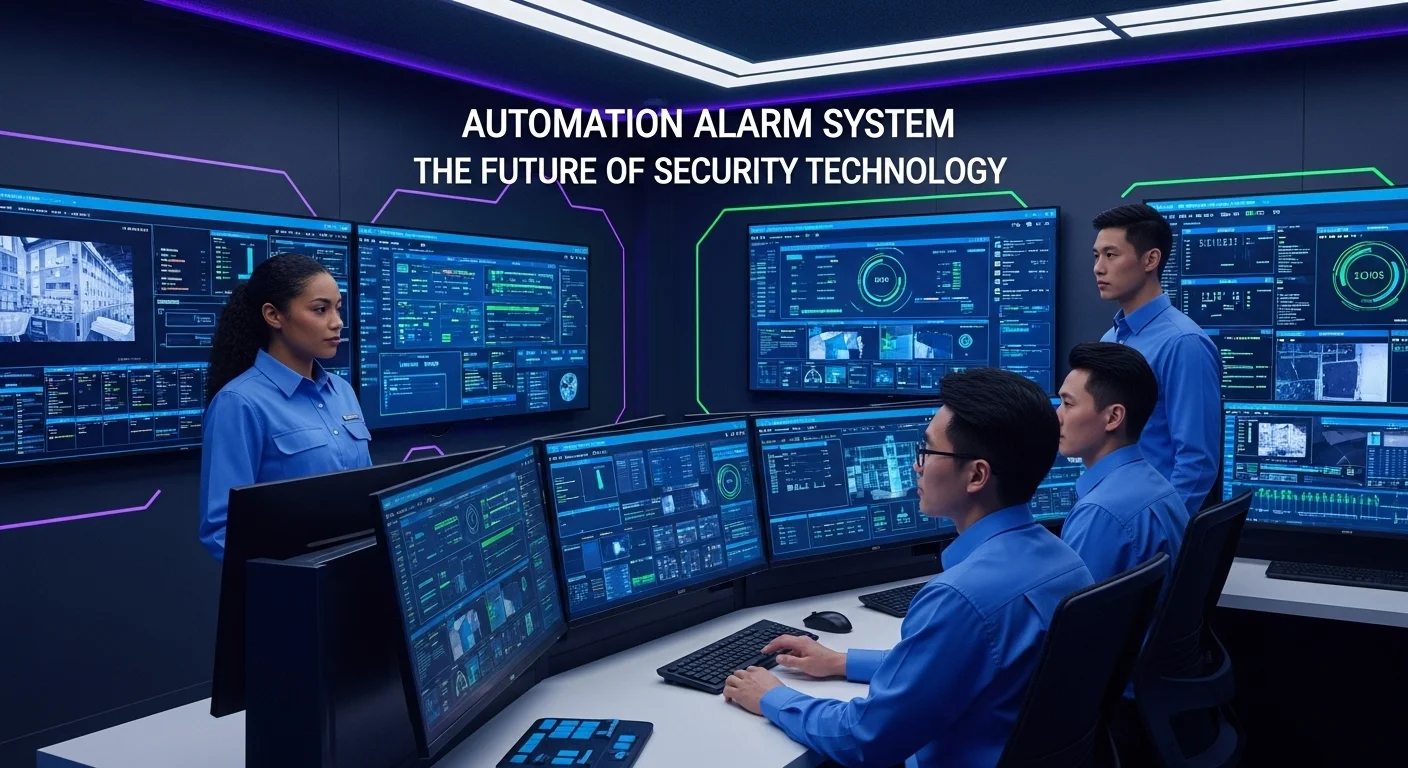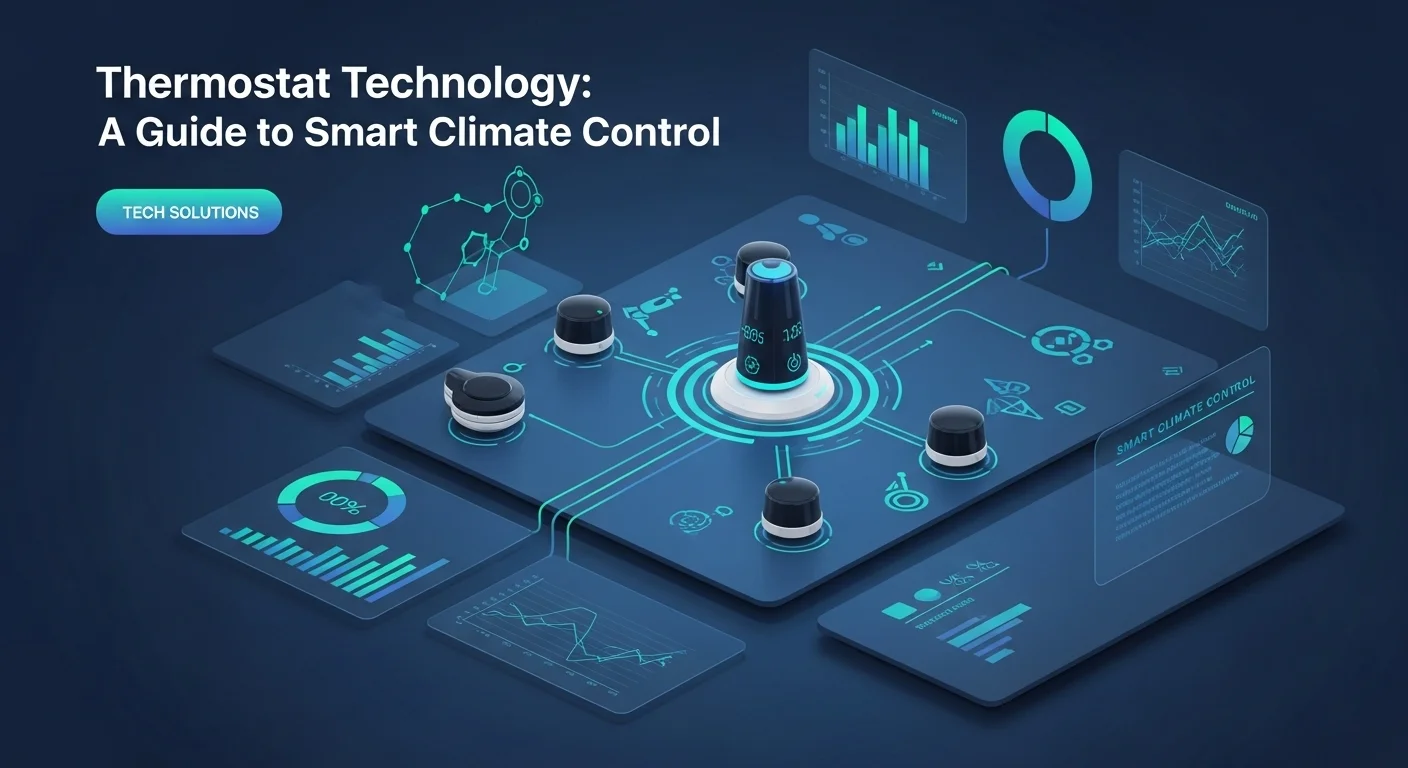Automated Alarm Systems: A Personal Guide to Smarter Home & Business Security

Executive Summary
In my years working in security, I've seen technology shift from simple, loud boxes to something truly intelligent. An Automated Alarm System is the peak of that evolution. It's not just about scaring off intruders anymore; it's about creating a smart, responsive ecosystem for your home or business. We've moved beyond basic alarms into a world where your security system uses the Internet of Things (IoT), artificial intelligence (AI), and the cloud to offer proactive, smart, and deeply personal protection. For a business, this means safeguarding your assets, people, and data while gaining insights into your operations. For a homeowner, it means unparalleled peace of mind and convenience. Think of it: an alarm that doesn't just scream but also locks doors, turns on lights, and shows you what's happening on your phone. This article is my personal walkthrough of this technology. We'll explore what it is, why it's so critical today, how you can implement it, and my go-to strategies for making the most of it. We're talking about transforming security from a passive utility into an active, intelligent partner in keeping you safe.
Table of Contents
Table of Contents
What is an Automated Alarm System and Why is It So Important?
Let's forget the technical jargon for a moment. At its heart, an Automation Alarm System is like having a dedicated security team that works 24/7, communicates instantly, and acts on your behalf. Unlike an old-school alarm that just makes noise when a door opens, an automated system is a network of smart devices—sensors, cameras, locks—all talking to a central brain, or hub. This is where home automation and the Internet of Things (IoT) come to life. I’ve seen firsthand how this changes everything. For example, if a motion sensor in your backyard is triggered at night, the system doesn't just sound an alarm. It can instantly lock the back door, flood the yard with light, and send a live video clip to your phone before you even know what's happening. That seamless coordination is the magic of a modern home alarm automation system.
Its importance in today's world is massive, both for businesses and families. In a business context, it's about more than just preventing break-ins. It's about protecting your entire investment—your inventory, your sensitive data, and your employees. With 24/7 monitoring, you dramatically reduce losses from theft or vandalism. But it goes deeper. I've helped businesses integrate these systems to improve operations. Access control logs show you who's coming and going, while environmental sensors can save you from a catastrophic flood or fire. It becomes a core part of ensuring your business can continue running, no matter what.
For homeowners, this technology brings professional-grade security into our daily lives with incredible convenience. The 'best' home automation alarm system is one that fits your life. I love setting up custom 'scenes' for my clients. A 'Goodbye' scene can arm the system, lock the doors, turn off the lights, and adjust the thermostat with one tap on your phone. The ability to check in from anywhere gives you incredible peace of mind. Whether you're at the office or on vacation, you can see your home is secure. The underlying tech, using protocols like Z-Wave or Zigbee, ensures all your devices can talk to each other reliably without draining their batteries. And now, with Artificial Intelligence (AI), these systems are getting even smarter. AI can tell the difference between your cat and a burglar, virtually eliminating those annoying false alarms. It's moving security from being reactive to being predictive, and that's a game-changer.

The Complete Guide to Implementing Your System
So, you're ready to bring an automated alarm system into your life or business. Where do you start? Let's break it down. Think of the system in three parts: the brain, the senses, and the muscles. The brain is the control panel or hub; it's the command center. The senses are your sensors: door/window contacts, motion detectors, glass-break sensors, and even smoke or water detectors. The muscles are the devices that take action: sirens, smart locks, and smart lights. Your control over it all comes from a user interface, which today is almost always a slick app on your smartphone. When I help someone choose a system, the first thing we discuss is how these parts will communicate. Most modern systems are wireless. Think of protocols like Z-Wave and Zigbee as special, private highways for your smart devices, keeping them from getting bogged down by your regular Wi-Fi traffic. This compatibility is key when you're searching for the best alarm system for home automation, as it determines what other smart gadgets you can add later.
For a business, this isn't just a tech purchase; it's a strategic move. The first step I always recommend is a simple risk assessment. Walk your property. Where are you most vulnerable? What are you trying to protect? A retail store will need different protection than an office building. Integration is your most powerful tool. Linking your alarm to video surveillance is non-negotiable—it allows you or a monitoring service to instantly verify a threat. This is called video verification, and it means a much faster police response. Integrating with access control lets you track employee movements and correlate it with alarm events. You can even calculate a return on investment (ROI) not just from prevented theft, but from lower insurance premiums and energy savings when the system automatically adjusts lights and heat when armed.
Then comes the big decision: Do-It-Yourself (DIY) or professional installation? DIY systems from brands like SimpliSafe or Ring have become incredibly popular. They offer flexibility, lower initial costs, and are perfect for renters or tech-savvy homeowners. I set one up at my brother's house in an afternoon. On the other hand, professionally installed systems from companies like ADT or Vivint offer more robust, complex setups and the peace of mind that an expert handled it. They often come with long-term contracts for professional monitoring. There's no single 'best' answer. The right choice for your home or business depends entirely on your budget, comfort with technology, and how complex your security needs are.

Pro Tips for Getting the Most Out of Your Alarm
Once your system is installed, the real fun begins. Here are my go-to strategies to turn a good security system into a great one. First, let's think like a burglar for a minute to place your sensors. Don't just stick them on the front door. Cover all ground-floor access points. Place motion sensors in high-traffic hallways, but point them away from windows or heaters to avoid false alarms. I always advise creating layers of security: a perimeter layer (doors/windows), an interior layer (motion), and an environmental layer (smoke/water). If one fails, another will catch the problem. Next, dive into the automation rules. This is where the magic happens. Don't settle for the defaults. Create rules that fit your life. For example: 'If the garage door is left open after 10 PM, send me a notification and flash the porch light.' Or for a business: 'If the alarm is disarmed before 7 AM, send a notification to the manager.' The best alarm system for home automation is the one you customize to perfection. Spend an hour in the app exploring these settings; it's worth every second.
We have to talk about cybersecurity. Your alarm system is connected to the internet, so you must protect it like you protect your bank account. Use a strong, unique password for your Wi-Fi. Change the default password on your alarm hub and cameras immediately. Most importantly, enable two-factor authentication (2FA) on your security app. It's the single best thing you can do to prevent unauthorized access. I also tell everyone to keep their firmware updated. Manufacturers release updates to patch security holes. A hacked security system is a liability, not an asset.
Finally, don't just 'set it and forget it.' Perform a monthly health check. Arm your system, wait a minute, and then open a door to make sure everything works. If you have professional monitoring, just call them and put the system in 'test mode' first. Check battery levels in the app and swap them out before they die. A well-maintained system is a reliable one. And my last piece of advice? Integrate everything. Connect your alarm to your smart lights to make it look like you're home when you're not. Link it to your voice assistant for easy commands. This is how your alarm system becomes the true heart of a smart, secure, and convenient home or business.
Expert Reviews & Testimonials
Sarah Johnson, Business Owner ⭐⭐⭐
As a small retail owner, I found this guide very helpful. I would have loved a specific section on how to integrate alarm systems with point-of-sale software to track after-hours access, but the general business advice was solid.
Mike Chen, IT Consultant ⭐⭐⭐⭐
A great high-level overview of automated alarms. The explanation of Z-Wave vs. Wi-Fi was one of the clearest I've read. It could go a little deeper into the AI side for tech pros, but it's perfect for most readers.
Emma Davis, Tech Expert ⭐⭐⭐⭐⭐
This is the definitive guide I've been looking for. It perfectly balances the technical details with practical, real-world advice. The section on creating automation 'scenes' gave me several new ideas for my own setup. Fantastic read!



